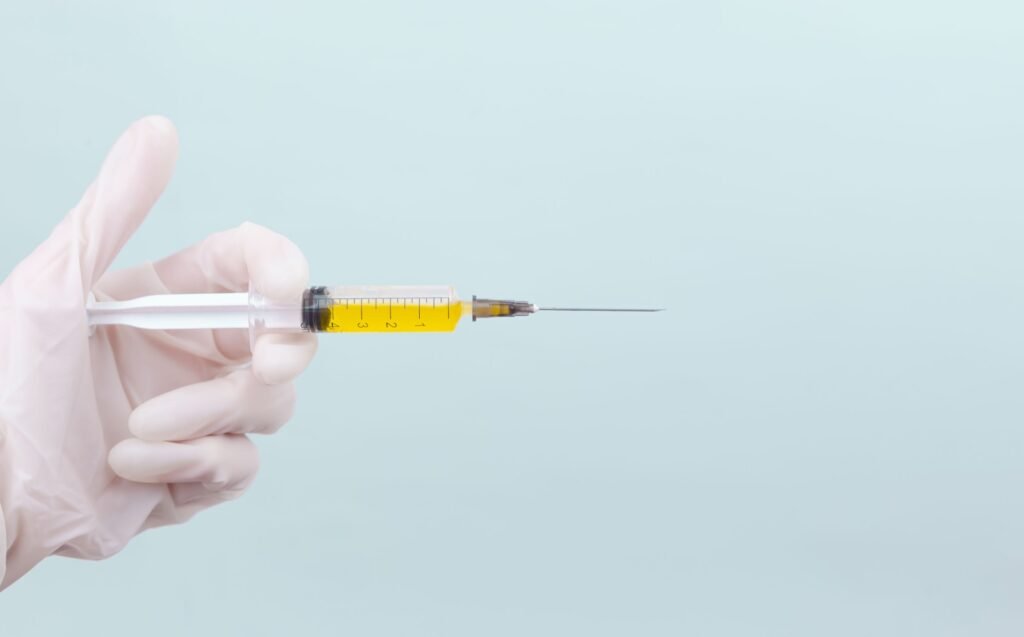Imagine a world where a single vaccine could shield us from every flu virus—no more annual shots, no more guessing which strain will strike next, and no more devastating pandemics lurking around the corner. It sounds like science fiction, but right now, scientists across the globe are locked in one of the most ambitious medical races in history: the quest for a universal flu vaccine. The stakes are sky-high, with billions of lives touched by influenza every year. What if just one shot could change everything?
The Perpetual Threat of Influenza
Influenza, or the flu, isn’t just a seasonal nuisance. It’s a shape-shifting foe that causes widespread outbreaks every year, sometimes mutating fast enough to spark global pandemics. Each winter, health systems brace themselves for waves of illness, hospitalizations, and even deaths. The flu’s impact isn’t just measured in lost workdays; it’s counted in the heartbreak of families who lose loved ones, especially among the very young, the elderly, and those with weakened immune systems. The virus is notorious for its unpredictability, making flu prevention a moving target. Every year, scientists scramble to predict which strains will dominate, but the flu often surprises us, slipping through the cracks of our best defenses.
Why Current Flu Vaccines Fall Short
Today’s flu shots aren’t one-size-fits-all. They’re formulated months in advance, based on predictions about which strains will circulate. Sometimes they hit the mark, but other times, the match is off, and protection drops sharply. The flu virus mutates rapidly, especially in its hemagglutinin (HA) and neuraminidase (NA) proteins, which are the vaccine’s main targets. This constant evolution means last year’s vaccine might be powerless against this year’s virus. People have to get vaccinated every year, and coverage is far from perfect. Some years, the vaccine’s effectiveness can dip as low as 10-20%, leaving millions vulnerable.
What Makes a Universal Vaccine Different?
A universal flu vaccine aims to break the cycle of yearly vaccinations and shifting targets. Scientists dream of a shot that works against all flu strains, regardless of how much the virus mutates. The secret lies in targeting parts of the virus that don’t change much—so-called “conserved regions.” Imagine building a lock that fits every key, no matter the shape. This approach could protect people for years, possibly even decades, with just a single shot. The potential benefits are massive: fewer outbreaks, less need for annual updates, and a shield against future pandemics.
The Science Behind the Universal Shot
The hunt for a universal vaccine is as much a story of molecular detective work as it is of medical innovation. Researchers are focusing on the “stem” or “stalk” of the HA protein, a region that changes very little from one flu strain to another. By training the immune system to recognize and attack this stable stem, scientists hope to provide broad, long-lasting protection. Other strategies involve targeting the internal proteins of the virus, like the matrix protein (M2) or nucleoprotein (NP), which are even less variable. Cutting-edge tools—like mRNA technology, which was used in some COVID-19 vaccines—are being adapted to speed up progress.
Breakthroughs on the Horizon
Recent years have brought thrilling advances. Some universal vaccine candidates have already shown promise in animal models and early human trials. For example, new “chimeric” vaccines mix and match viral proteins to focus the immune response on those elusive conserved spots. Others use nanoparticles or viral vectors to deliver the right antigens. Some studies suggest that these vaccines could offer protection against not just seasonal flu, but also bird flu and swine flu strains that could cause future pandemics. The momentum is building, and optimism is palpable in research labs worldwide.
The Global Health Stakes
Flu isn’t just a personal health issue—it’s a global challenge. Every year, the flu kills up to 650,000 people and infects millions more. During pandemics, those numbers can skyrocket. The 1918 Spanish flu, for example, killed more than 50 million people worldwide. A universal vaccine could stop future pandemics before they start, saving countless lives and reducing the strain on hospitals. It could also spare low-income countries, where access to annual vaccines is limited, from disproportionate suffering. The world is watching, hoping for a breakthrough that could change the course of public health forever.
Challenges and Roadblocks Along the Way
Of course, the path to a universal vaccine isn’t smooth. The flu virus is a master of disguise, with genetic tricks that help it dodge immune responses. Even the “conserved” regions aren’t completely static, and the human immune system is complicated terrain. Developing a vaccine that triggers strong, lasting protection in people of all ages is a huge challenge. Manufacturing hurdles, regulatory approvals, and the need for large-scale clinical trials add more layers of complexity. There’s always the risk that a promising candidate will stumble at the final hurdle, as has happened before in vaccine research.
The Role of mRNA and Modern Vaccine Platforms
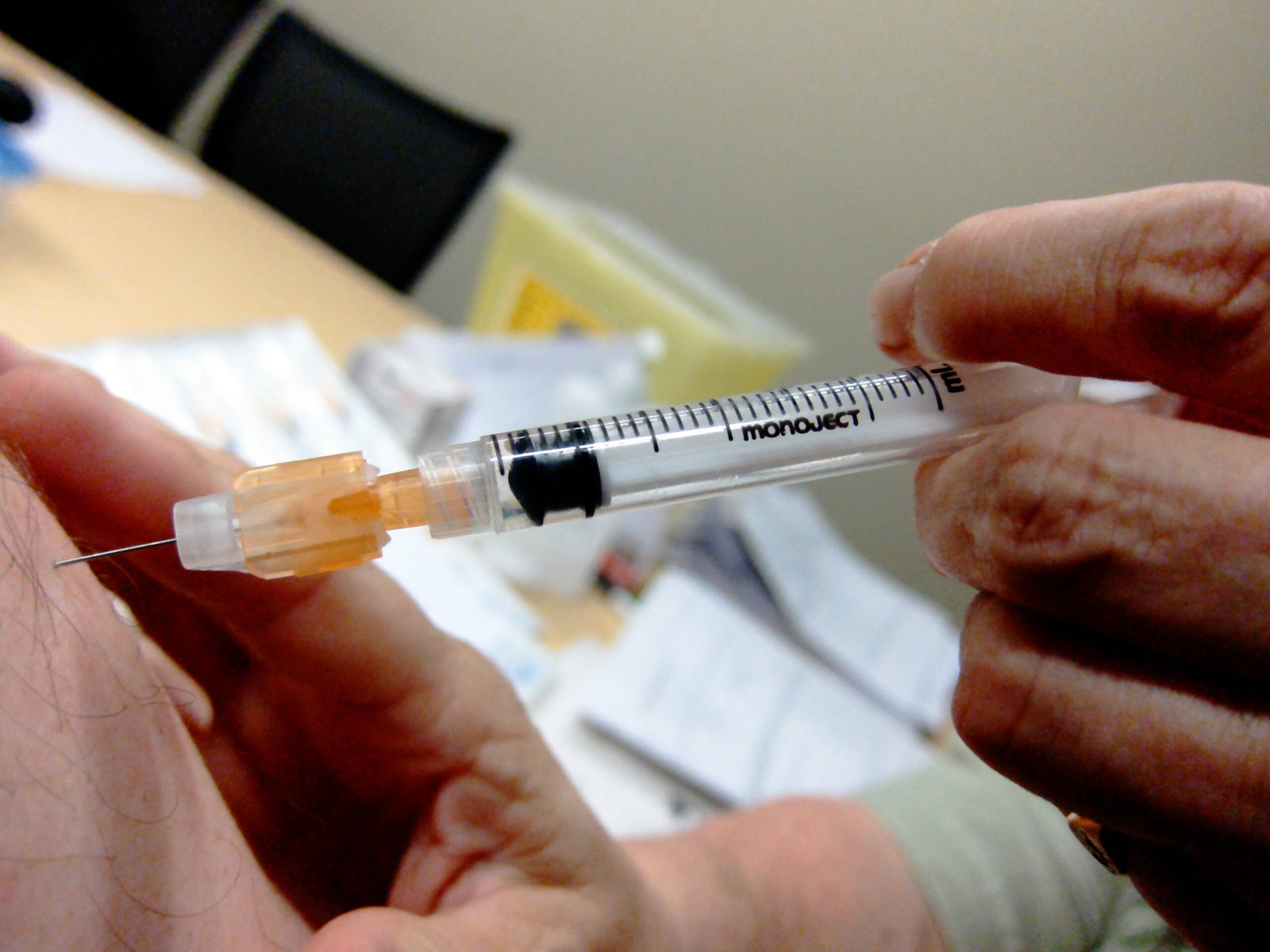
If there’s a silver lining from the COVID-19 pandemic, it’s the turbo-charged development of mRNA vaccine technology. These vaccines can be designed and manufactured quickly, and they’re easily adapted to new targets. Companies like Moderna and Pfizer are now racing to apply mRNA platforms to the universal flu challenge. Early results are encouraging, with mRNA vaccines prompting broad immunity in animal studies. If successful, this approach could dramatically speed up the path to a universal flu shot and make it easier to adapt to future viral threats.
Lessons from the COVID-19 Pandemic
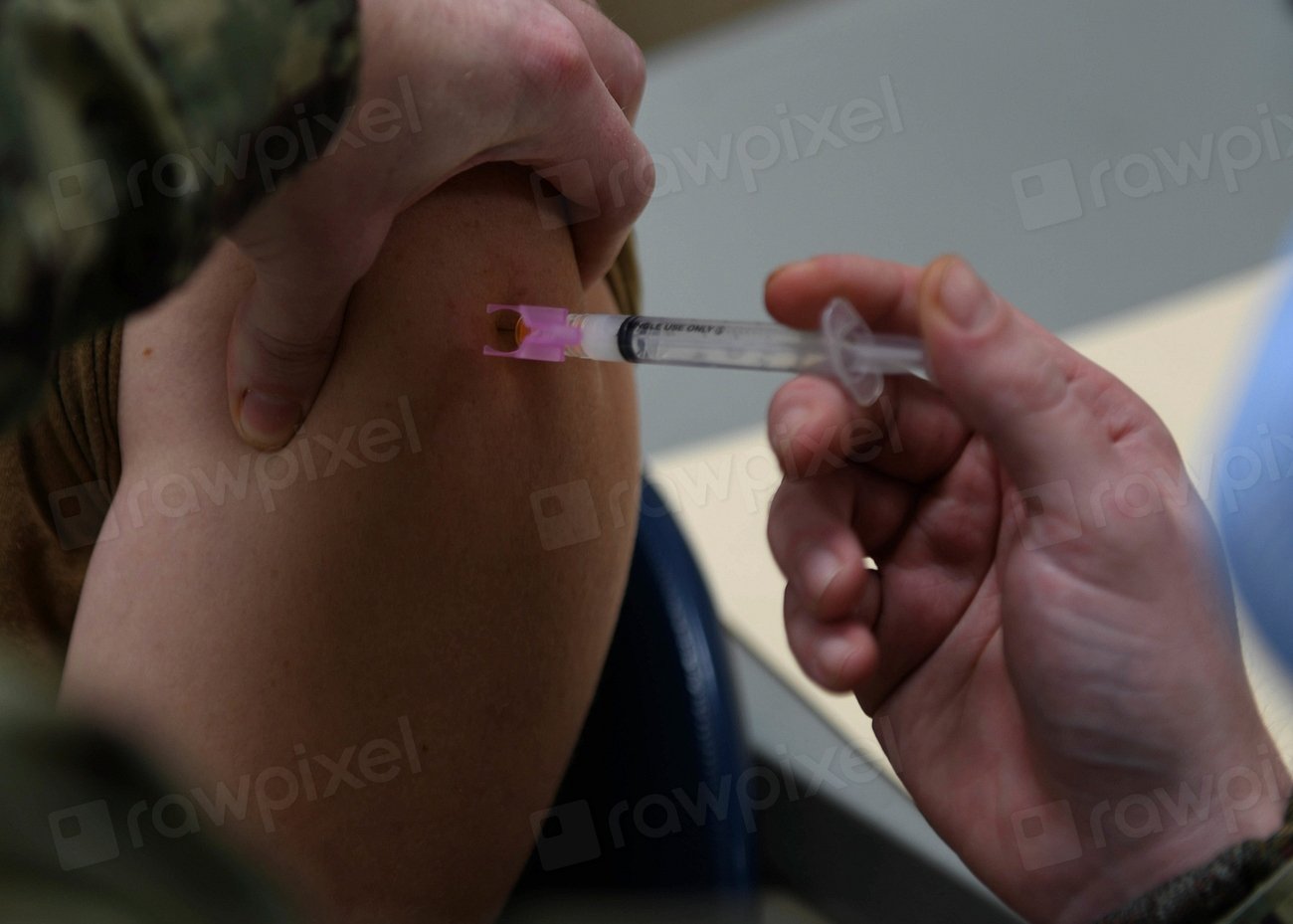
The world learned hard lessons during the COVID-19 crisis—about the value of rapid vaccine development, global collaboration, and the dangers of complacency. These lessons are shaping the universal flu vaccine race. The pandemic showed that with enough urgency and resources, vaccines can move from the lab to arms in record time. It also highlighted the need for equitable distribution, clear communication, and public trust. Scientists are determined not to repeat past mistakes and are working to ensure that a universal flu vaccine, once available, reaches everyone who needs it.
Testing and Trials: How Do We Know It Works?
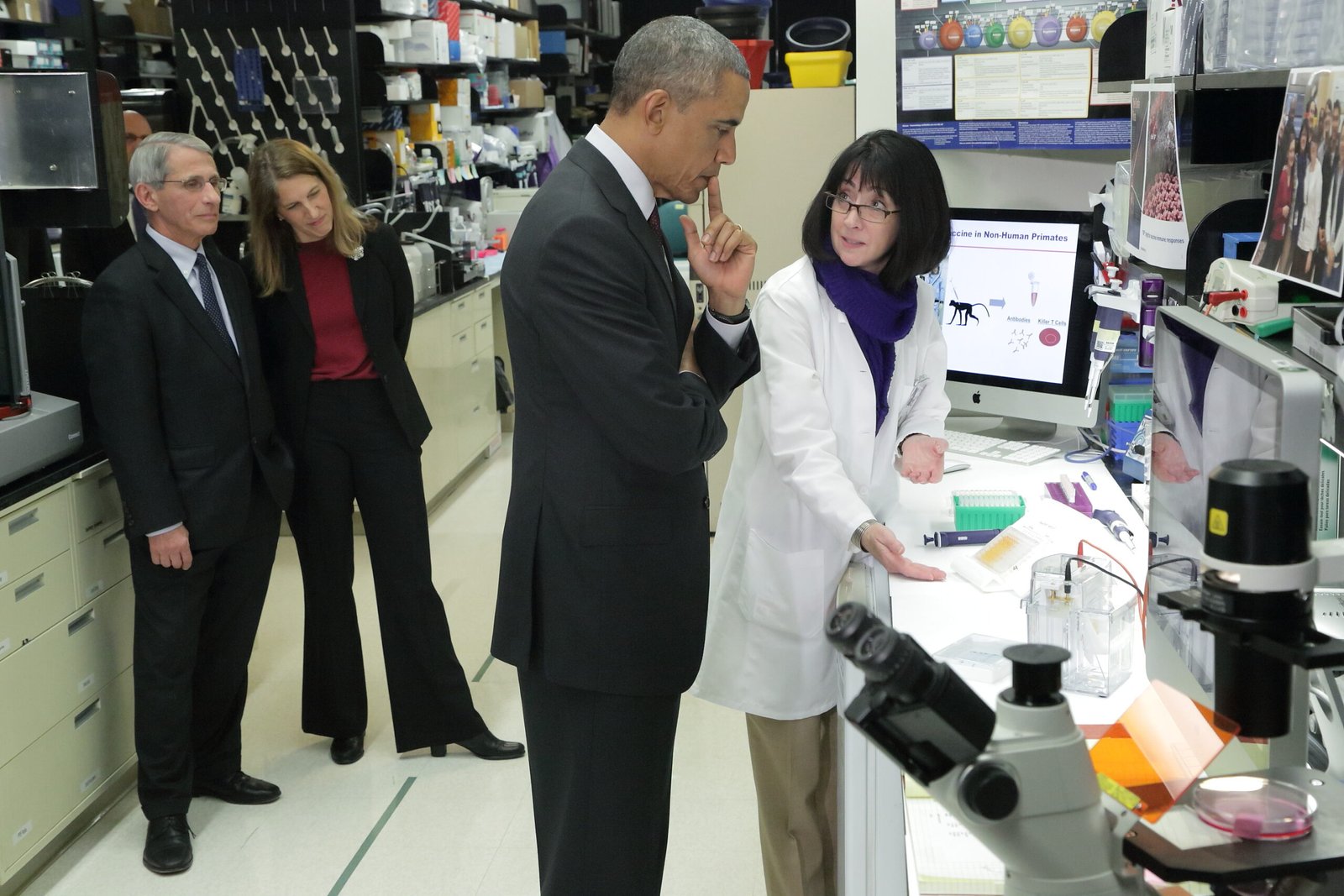
Before a universal flu vaccine can be rolled out, it must pass a gauntlet of tests. Early trials check for safety and basic immune responses in small groups of volunteers. If those look good, larger studies measure how well the vaccine protects against real-world flu infections. These trials are complex, since researchers need to test against multiple strains and in diverse populations. Scientists also monitor for side effects, long-term immunity, and the potential for rare complications. It’s a painstaking process, but there’s no shortcut when it comes to safety.
Ethical Questions and Public Trust
With any new medical breakthrough, ethical questions loom large. Who gets the vaccine first? How do we ensure fair access, especially in poorer countries? Public trust is another critical ingredient—will people accept a new, “universal” shot after years of changing messages about annual flu vaccines? Clear, transparent communication is vital. Scientists and health officials are working to build trust by sharing data, addressing concerns openly, and involving communities in the process. Without public buy-in, even the best vaccine can fall short.
The Promise for Vulnerable Populations
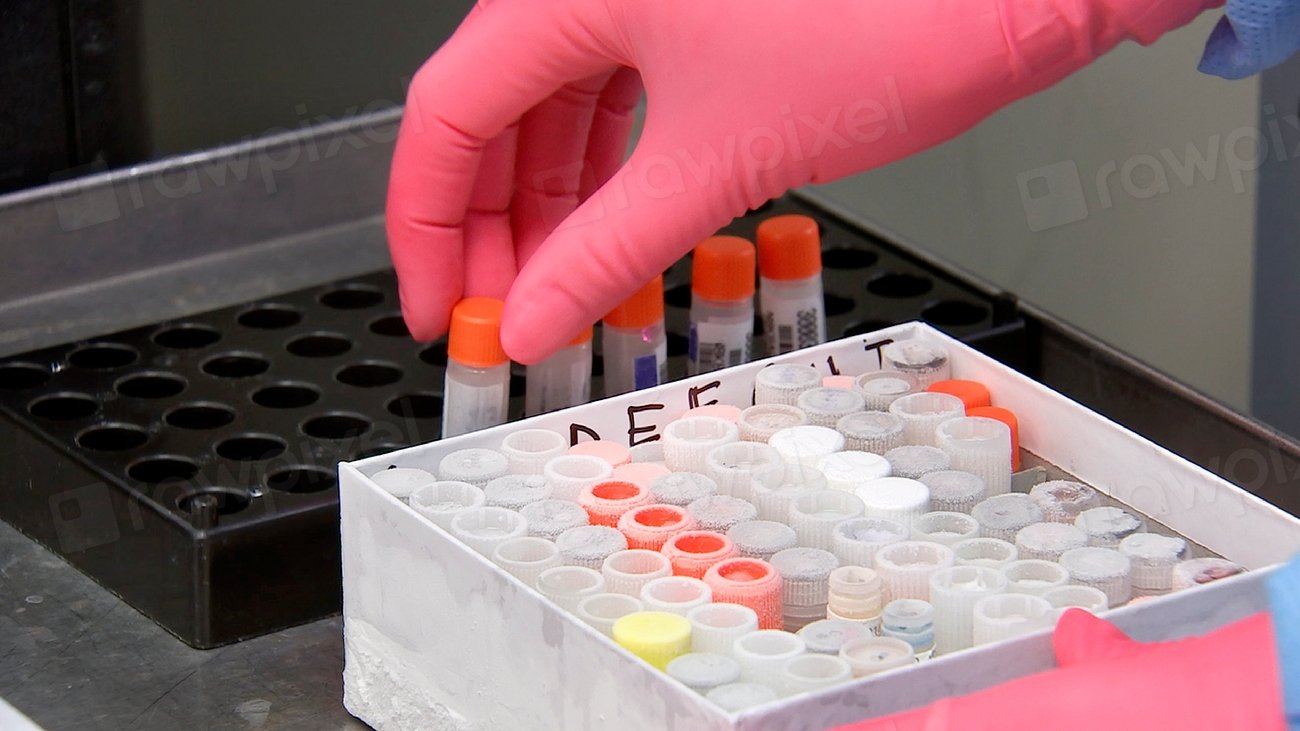
A universal flu vaccine could be a game-changer for those who need protection most: infants, seniors, pregnant women, and people with chronic illnesses. These groups often respond less well to current vaccines and are at higher risk of severe flu complications. A long-lasting, broadly effective shot could close these gaps, offering new hope and peace of mind to families everywhere. Imagine being able to protect a newborn or an elderly parent with a single, reliable injection—an outcome that feels almost magical after decades of uncertainty.
Economic Implications: Saving Billions
Flu epidemics rack up massive costs: hospital bills, lost productivity, and economic slowdowns ripple through entire societies. The annual scramble to produce and distribute new vaccines is expensive and wasteful. A universal vaccine could save billions each year by reducing these costs and simplifying public health campaigns. Businesses would benefit from fewer sick days, and governments could redirect resources to other pressing needs. The financial case for a universal shot is as compelling as the humanitarian one.
Wildlife and Animal Reservoirs: The Hidden Challenge
Flu viruses don’t just circulate in people—they hide in animals, too. Birds, pigs, and other creatures act as reservoirs, breeding grounds for new strains that can jump to humans. A truly universal vaccine might need to consider these animal sources, or even target them directly in the future. Some researchers are exploring “One Health” approaches, which look at human, animal, and environmental health as interconnected. It’s a reminder that the fight against flu is bigger than just human medicine—it’s a battle across the whole web of life.
The Role of Global Collaboration
No single country can conquer flu alone. The race for a universal vaccine relies on unprecedented international cooperation. Data sharing, joint research projects, and coordinated clinical trials are essential. Organizations like the World Health Organization help knit these efforts together, but politics and competition can sometimes get in the way. The urgency of the mission is pushing scientists, governments, and companies to set aside differences in pursuit of a common goal—proof that when lives are on the line, humanity can rise above divisions.
Public Awareness and Education
A universal vaccine won’t solve everything unless people understand its value and how it works. Public education campaigns will be crucial to dispel myths and encourage uptake. Schools, workplaces, and media all have a role to play in spreading accurate information about flu risks and the promise of new vaccines. The more people know, the more likely they are to embrace the shot when it arrives. Education is the invisible force that can turn a scientific breakthrough into a real-world success.
The Future: Could One Shot Stop Them All?
The dream of a universal flu vaccine is closer than ever, but big questions remain. Will one shot truly protect against all flu types, or will we need occasional boosters? Can scientists stay ahead of viral evolution, or will the flu outsmart us yet again? The answers are still emerging, but the determination of researchers is unwavering. The next few years could bring historic change, not just for flu prevention, but for vaccine science as a whole.
Real-World Impact: Stories from the Front Lines
Behind every scientific advance are real people—patients, doctors, nurses, and families whose lives are shaped by the flu. In hospitals, staff see the toll of the virus up close, year after year. Families remember loved ones lost or cherish the relief when illness is avoided. For many, the promise of a universal vaccine is deeply personal, offering hope for a future where flu no longer haunts their lives. These stories fuel the passion of researchers and remind us why the race matters.
What Lies Ahead: Hope, Hurdles, and Humanity
The race for a universal flu vaccine is a testament to human ingenuity and collective will. It’s a journey filled with setbacks and surprises, breakthroughs and hard-won lessons. The possibility of a single shot that could end the cycle of flu epidemics is both inspiring and daunting. As we stand on the edge of this new frontier, one question lingers: Are we ready to seize the moment and change the story of flu forever?

